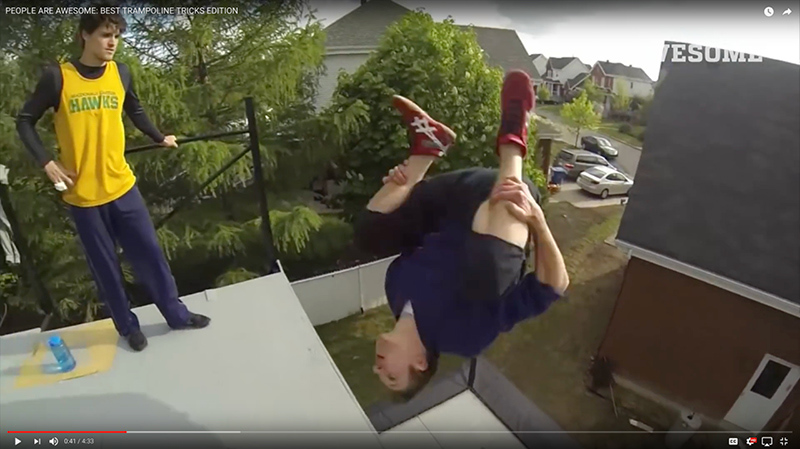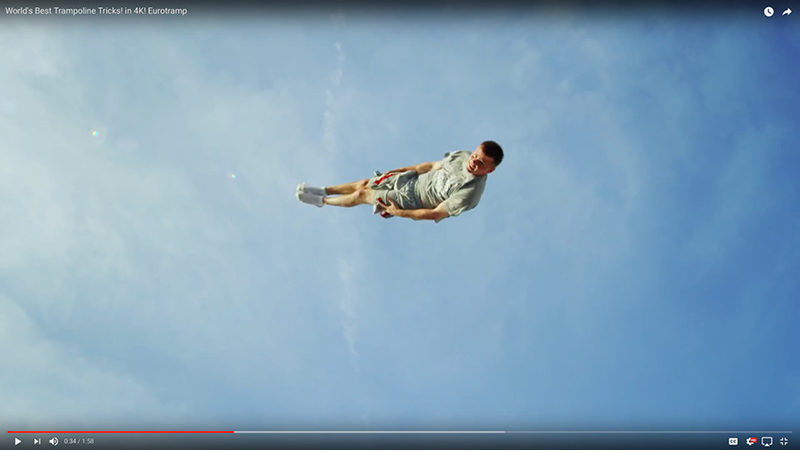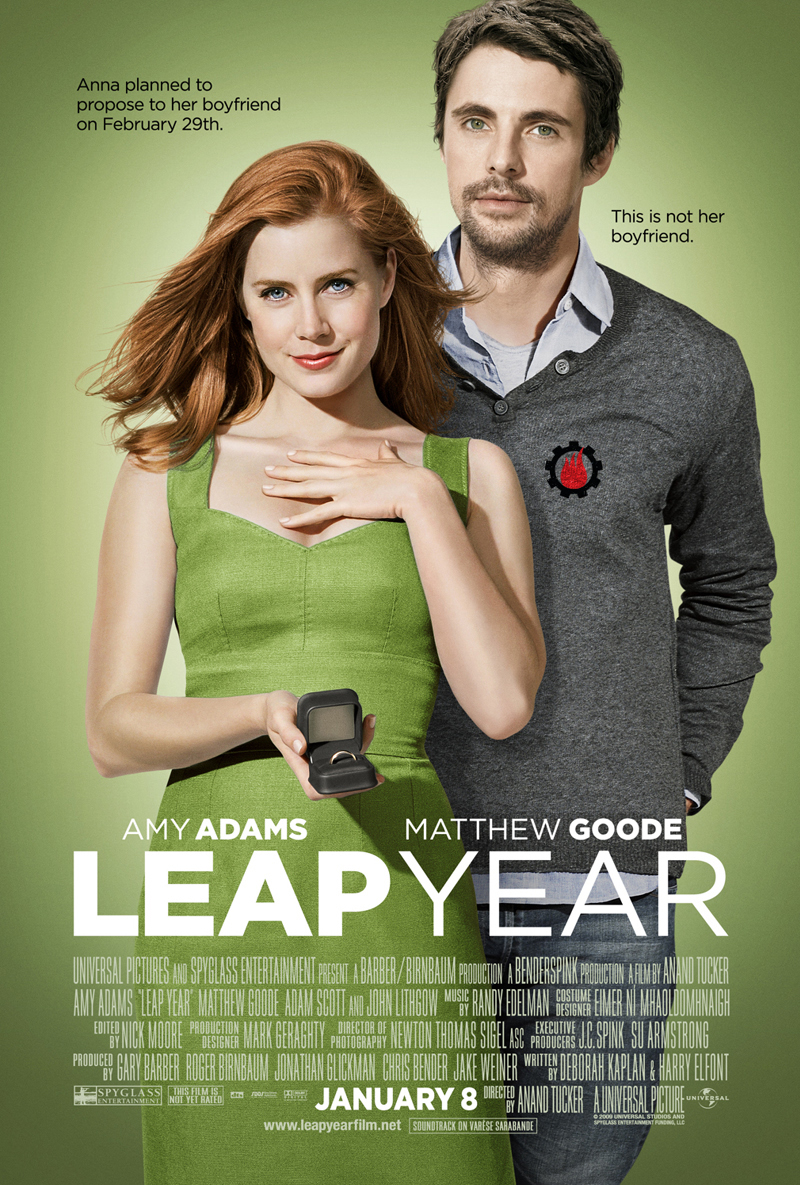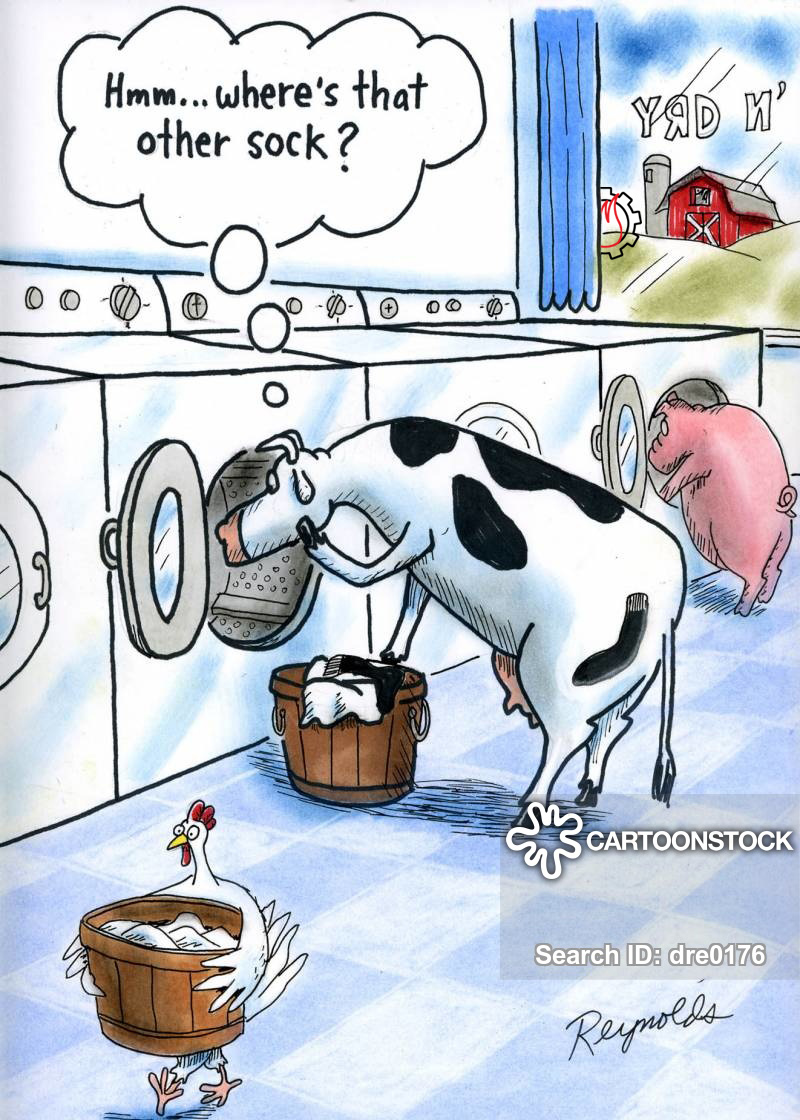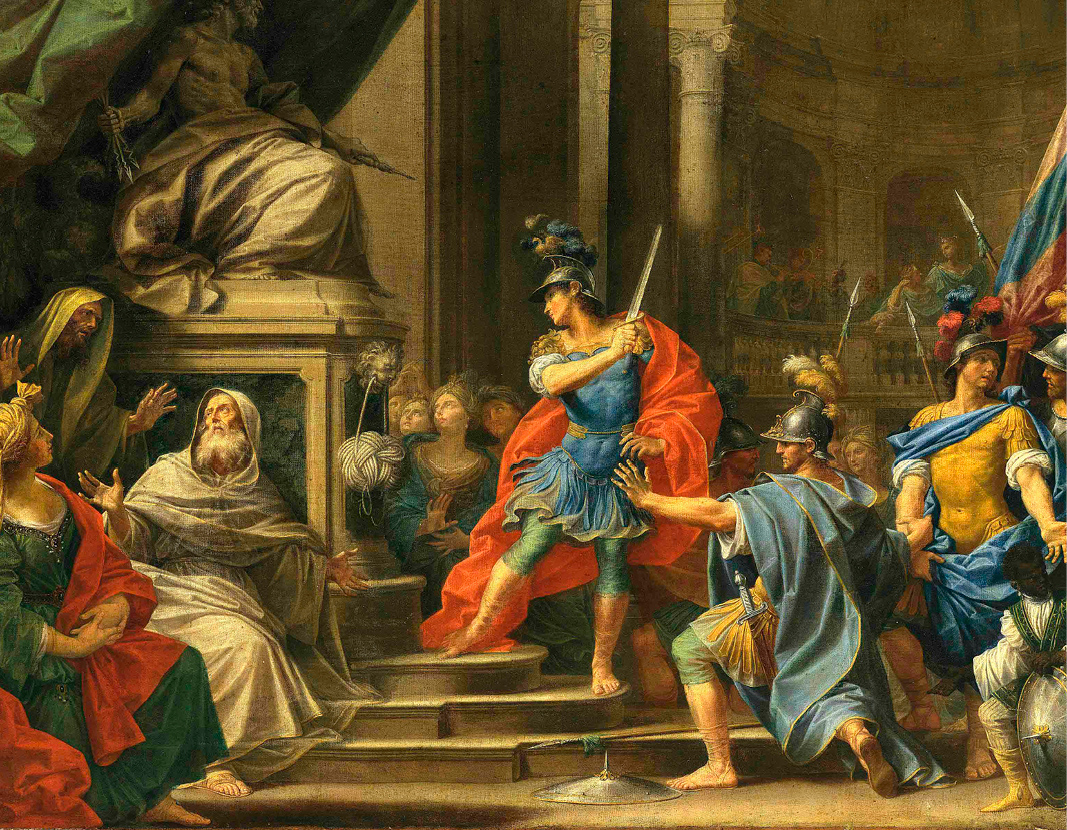Just Lucky I Guess

The four-leaf clover represents luck, Irish and… more luck. If you find one in the wild it’s actually exciting! So, since we live in this wonderful land of opportunity, there’s no shortage of things to buy with shamrocks and 4-leaf clovers on them. Take that nifty pair of socks (my favorite funky thing to wear) can be had for 12 bucks HERE. And then there’s that cool antique broach for $7,950.00 HERE. Or that Enamel Diamond Four-leaf clover with the ladybug for a mere $3,997 HERE. And of course there are tons of t-shirts out there, Google for them yourself. As you know food is right up there with breathing for me so I found recipes for those shakes, pastries and Irish coffee drinks. You can find them at the end of this article. Happy St. Patrick’s Day! Stay safe.
With St. Patrick’s Day around the corner, your old pal Stephen O’Shannessy O’Brien McMurphy Patrick Michael O’Kowalski is back, thinking about the upcoming celebration, the great Cleveland Parade and the legends about the four-leaf clover and “the luck of the Irish”. I for one, feel extremely lucky, and blessed. My short list includes: my amazing wife (many say Angel!) and daughters, fantastic son’s in law, a God to love, granddaughter to hug and spoil, good health, great friends, a nice community to live in, a business started by Dad to love, grow, and blessed with committed employees dedicated to solving your PIA (Pain in the %#$) Jobs! I could go on and on. I am continually telling Jackie and my girls that I am by far the luckiest man in the world! Being soooooo Irish, I thought I’d share a bit about the four-leaf clovers (never knew there are more than four out there). Remember to stay safe next week on St. Patty’s Day – a friend told me: “Safe Driving Is No Accident”. Special thanks to Wikipedia, Better Homes and Gardens and the links to fun recipes below. Enjoy!
- Some folk traditions assign a different attribute to each leaf of a clover. The first leaf represents hope, the second stands for faith, the third is for love and the fourth leaf brings luck to the finder.
- When found, a fifth leaf represents money. Some reports claim six to be fame and seven to be longevity, though the notions’ origination is unknown.
- Four-leaf clovers were considered Celtic charms and were believed to offer magical protection and ward off bad luck.
- Abraham Lincoln carried a four-leaf clover with him everywhere for good luck. However, on the night he was assassinated by John Wilkes Booth he was not carrying it.
- Unlike most plants, clover, three-leaved or four, can take nitrogen from the air and fix it to use for growth with the help of special rhizomes in their roots.
- Children in the Middle Ages believed they would be able to see fairies if they carried a four-leaf clover in their pockets.
- In 1620 Sir John Melton made the first literary reference to their ability to provide good fortunate. He said, “If a man walking in the fields find any four-leaved grass, he shall in a small while after find some good thing.”
- For every “lucky” four-leaf clover there are approximately 10,000 three-leaf clovers, as there are no clover plants that naturally produce four leaves. The fourth leaf can be smaller or a different shade of green than the other three leaves.
- This probability has not deterred collectors who have reached records as high as 160,000 four-leaf clovers in a lifetime. The world record for number collected in one hour is 166, set by American Katie Borka on June 23, 2018. (These folks have way too much time on their hands!)
- Clovers can have more than four leaves. Five-leaf clovers are less commonly found naturally than four-leaf clovers, however, they, too, have been successfully cultivated. Some four-leaf clover collectors, particularly in Ireland, regard the five-leaf clover, known as a rose clover, as a particular prize. In exceptionally rare cases, clovers are able to grow with six leaves and more in nature. The most leaves ever found on a single clover stem (Trifolium repens L.) is 56 and was discovered by Shigeo Obara of Hanamaki City, Iwate, Japan, on 10 May 2009.
- It is believed that Ireland is home to more four-leaf clovers than any other place, hence the phrase “the luck of the Irish.”
- Italian automobile maker Alfa Romeo used to paint a four-leaf clover, or quadrifoglio, on the side of their racing cars. This tradition started in the 1923 Targa Florio race, when driver Ugo Sivocci decorated his car with a green clover on a white background.
- Los Angeles-based space exploration company SpaceX includes a four-leaf clover on each space mission embroidered patch as a good luck charm. Inclusion of the clover has become a regular icon on SpaceX’s flight patches ever since the company’s first successful Falcon 1 rocket launch in 2008, which was the first mission to feature a clover “for luck” on its patch.
- Celtic Football Club, an association football team from Glasgow, Scotland, have used the four leaf clover as the club’s official badge for over 40 years.
- Several businesses and organizations use a four-leaf clover in their logos to signify Celtic origins.
- The global network of youth organizations 4-H uses a green four-leaf clover with a white H on each leaf
- The English-speaking imageboard 4chan has as its logo the four-leaf clover, deriving from the character Yotsuba Koiwai and her pigtails and the similar pronunciation between 4chan and ‘fortune’.
- If you give someone a four-leaf clover that you just found it is believed that your luck will double.
- Shamrocks and four-leaf clovers are not the same thing; the word ‘shamrock’ refers only to a clover with three leaves.
Have some food fun for St. Patty’s Day – here’s some delightful recipes:
> Shamrock Shakes – https://www.dinneratthezoo.com/shamrock-shake-recipe/
> Shamrock Cookies – https://www.thespruceeats.com/st-patricks-day-desserts-4162274
> Shamrock Cupcakes – https://www.yourcupofcake.com/shamrock-shake-cupcakes/
> Irish Coffee – https://www.foodnetwork.com/recipes/original-irish-coffee-recipe-1915164



